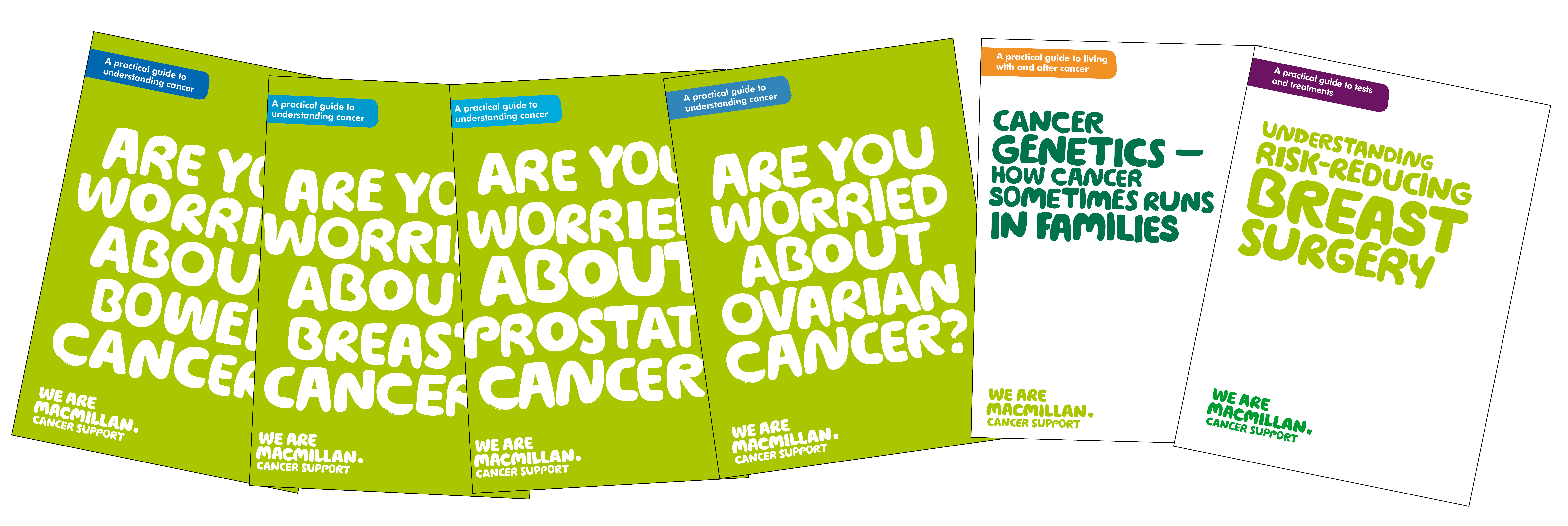OUGD504 – Module Evaluation – Cameron James Wolfe
Design Production was overall, a positively challenging module
for me. The individual briefs were diverse and varied greatly from one another,
which was exciting and pushed my practice. Brief one was a great introductory
project for the second year, allowing me to settle back into working to quick deadlines.
Brief two required me to work outside of my comfort zone by designing a logo
and collateral for a start-up business. I was in my element in brief three as
editorial design is something I feel passionate about and have a strong
interest in. Brief four again asked me to step outside of my comfort zone by
designing for web, something I hadn’t attempted before in such detail.
After what felt like
a very long summer, brief one was a great introductory project to allow me to
settle back into the college and back into the swing of working to deadlines
and within restrictions of a brief. This brief allowed me to fully realise my
own personal creative process as well as understanding other peoples. Leaflet
design was something I had little interest in before undertaking the brief, but
I felt motivated after completing it to investigate this area of graphic design
in more depth.
Brief two was a stimulating brief for me because it asked to
enter an area of design which I lack experience in. I was a little anxious at
the start, because other than the self branding brief for PPP last year, I had
limited experience of designing a logo for a client/brand before. It was huge
learning experience, especially in gaining knowledge of liaising with a client
and defining specific brand requirements. Fortunately, this brief allowed me to
be true to my artistic background, experimenting with media such as paint and
ink and collaging to get my ideas flowing, which was refreshing.
Brief three offered me a number of opportunities to really develop
my practice in editorial design. This is an area of graphic design that I am
very much interested in entering into once I have graduated from the course, so
I expected a lot from myself throughout this brief, setting myself high
standards and goals, which I felt was necessary in order to produce work that
really answered the brief in an original way. I really enjoyed the extended
nature of brief three; it meant I had enough time to refine the aesthetic of
the publication and take time to consider a number of design treatments, as
well as putting good amounts of thought into the production considerations.
Brief four was very different to the rest of the briefs in
this module, and for that reason, it was the most challenging for me. I hadn’t designed
for web, so it was an exciting challenge. This brief opened my mind to the
applications of screen based media, and definitely broadened my horizons in
terms of areas of interest within this field of visual communication. Something
I found very engaging and refreshing was the briefing by the visiting
professionals from Only Studio. They briefed us in a way that I hadn’t
experienced before. They helped me realise that the extremely open nature of
this brief was a positive opportunity to really explore my web design potential.
I did find aspects of this module enjoyable and I feel that
I completed each of the briefs to a standard that I am content with. However,
on reflection, I know that there are areas that I would like to improve on,
develop and push further in my personal design process and approach to tackling
briefs in future projects. At the end of every module, I always reflect and
contemplate on what I could have perhaps done slightly differently, which I
think is a positive form of self development. For example, if I were to
undertake brief three again, I would make much more informed stock decisions,
use a more sophisticated binding method and make more considered editorial/layout
decisions. Similarly with brief four, I
would allow myself more time to really research campaign website design and strive
to embed a consistent theme/concept throughout the sites’ aesthetic.
Design
production has been a massive learning curve for me as a young designer. I have
learnt a range of new skills and improved on existing ones. I feel my time
management and engagement with feedback has progressed significantly since
level four, something I aim to continue to improve on.
















